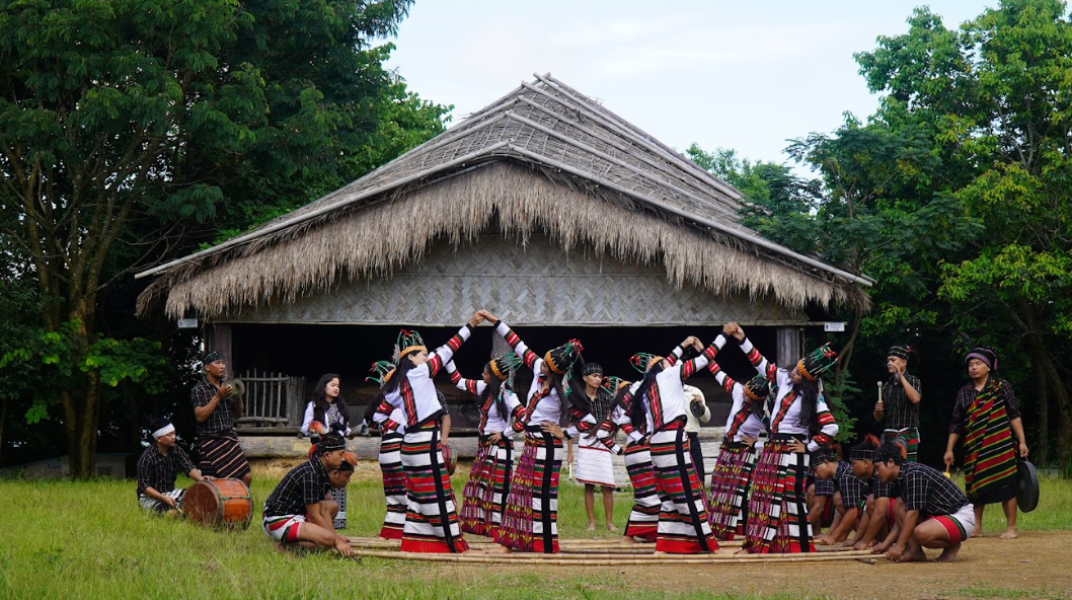
tribal livelihood
Livelihood Practices in MIZO TRIBE , mizoram
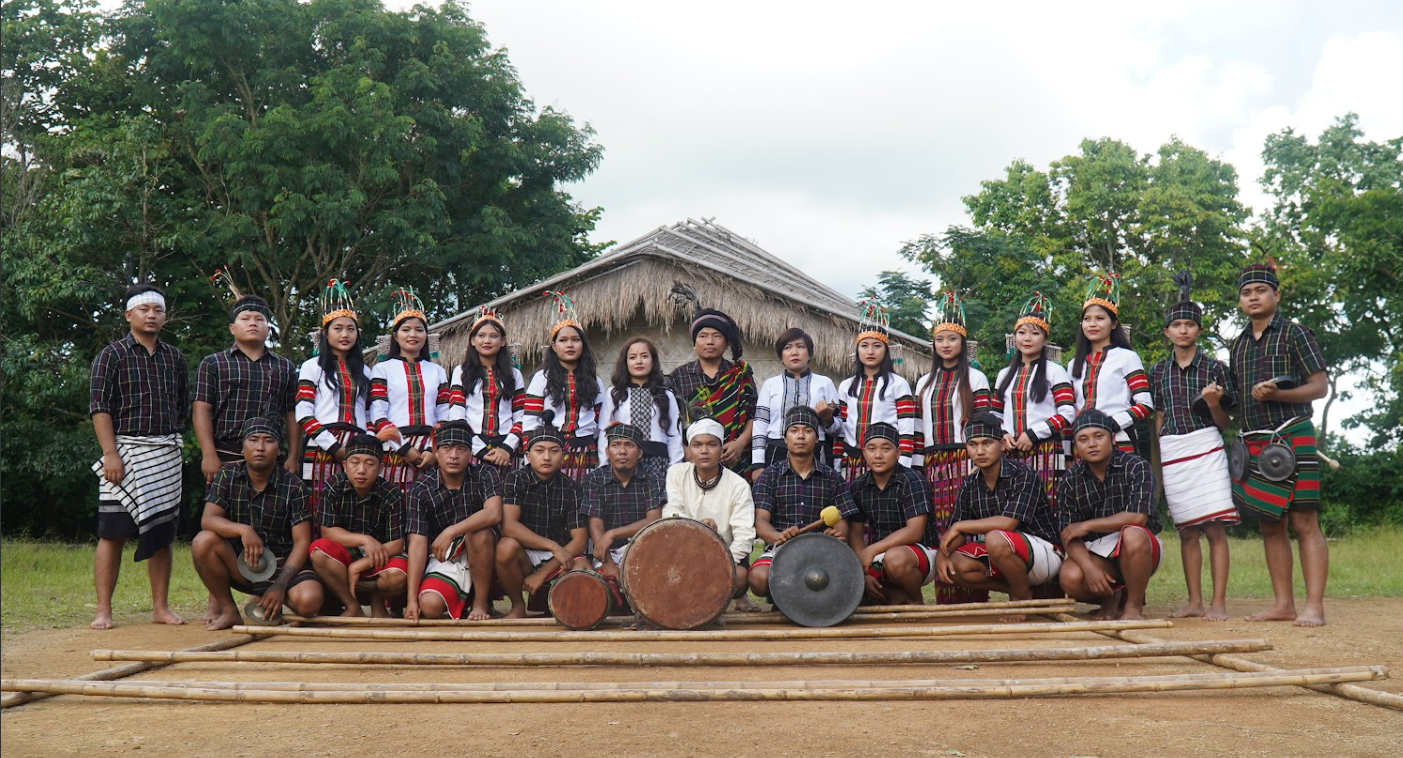
The Mizo’s have always been an agriculturist tribe with jhum or shifting cultivation as the mainstay. They grow rice, maize, and other crops, which meet the local requirements and create a sense of interdependence in the community. Taking off late has been the contribution of horticulture and petty trading into their livelihood. While agriculture has become central, many Mizo people dig into handicrafts, making traditional textiles and woven goods, which preserves their craftsmanship and provides a means for economic opportunities.
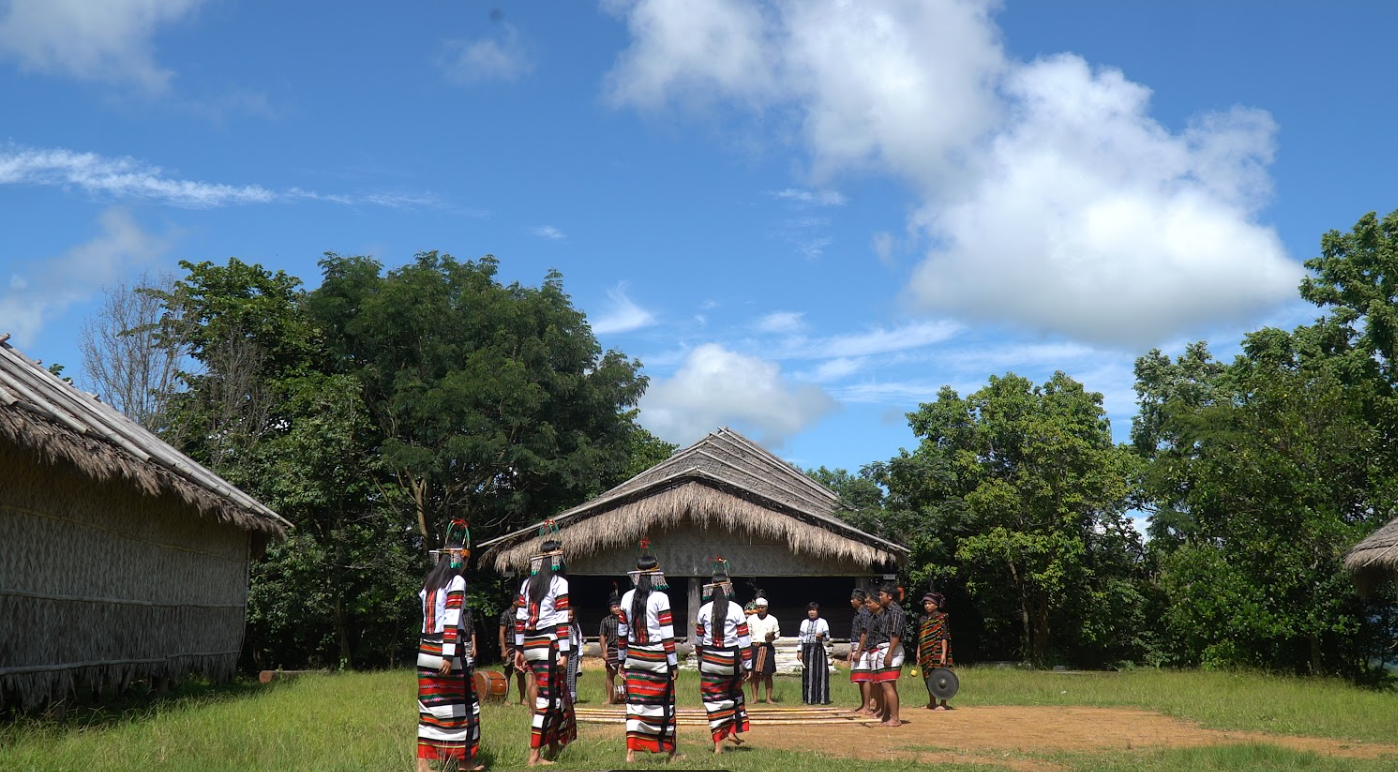
Mizo is an ethnic community from the northeastern part of India, in the state of Mizoram. This community is known for its rich culture and unique forms of dance, especially the Cheraw. A bamboo-based dance that represents the beauty and tradition of the Mizo people has deep rootedness with respect to nature and art. Mizo people are known for their intricate skills in traditional clothing, often worn in cultural events to show pride in their heritage while bright costumes and ceremonial headdresses give life to their customs.
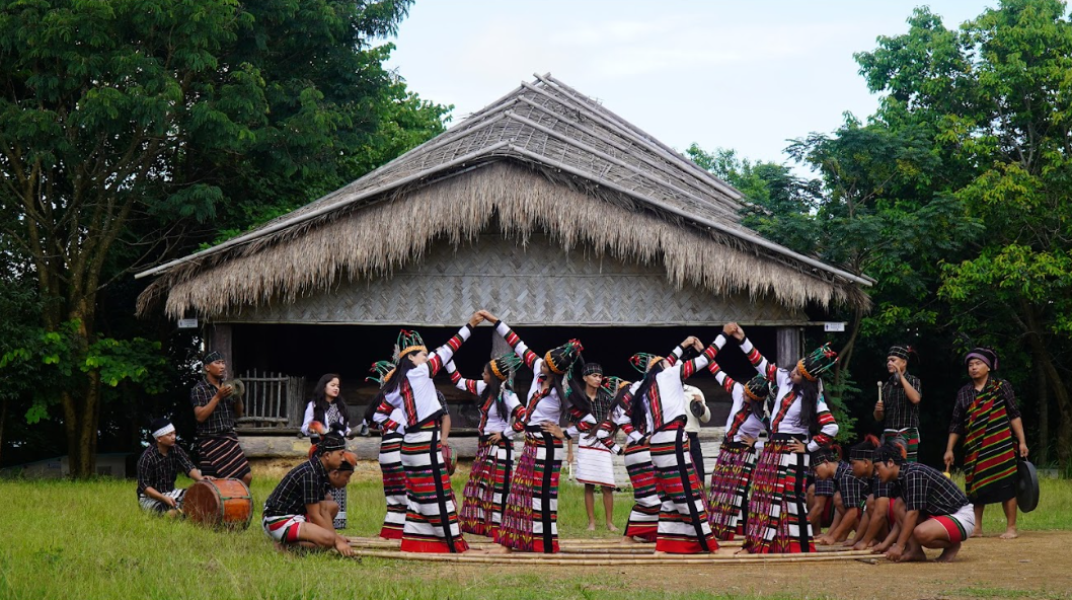
Cheraw dance constitutes culture; it has its unique roles for male and female dancers. Men play bamboo staves producing rhythmic beats, whereas women step gracefully between them signifying harmony and unity. Khumbeu (bamboo hat) for men made popular by the community and admirable Vakiria (headdress) for the women again enhances the aura of these dances. This memorably showcases questions of the Mizo tribe's history, storytelling and celebration through community heritage.
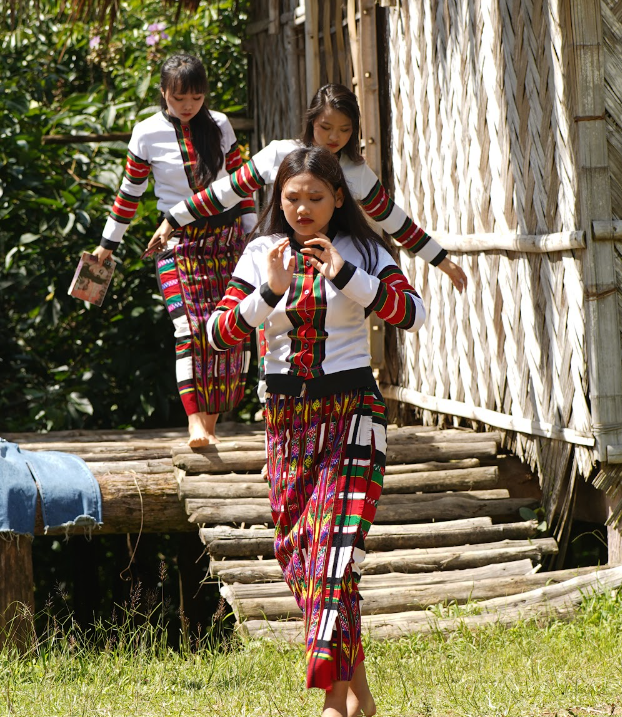
Traditionally, the Mizo tribe has suffered from the misfortune of modernization as it dilutes its cultural practices from language to rituals and the craftworks that are practiced. The economy changes with little agricultural lands due to environmental changes leaving them with hardly any traditional means of livelihoods. Cheraw and other rituals have become very difficult to preserve, as pressures to urbanize herald by young people have made a decrease in participation and detachment from their cultural legacy.
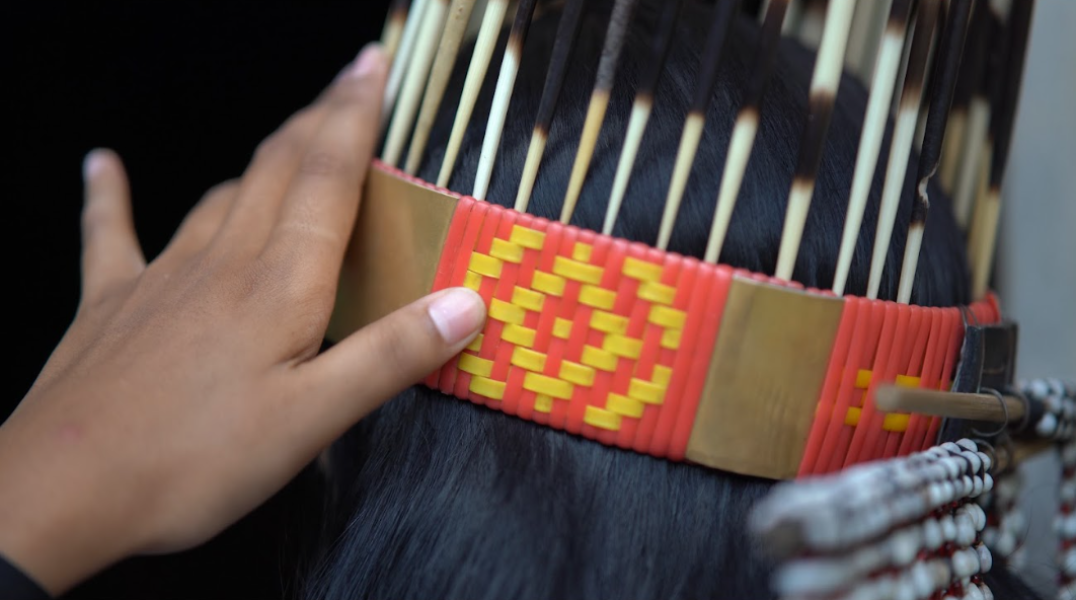
To meet these challenges, events have been organized to encourage cultural preservation in showcasing their traditional arts, dances, and crafts. Government and local organizations are also setting up programs on going for sustainable agricultural practices and even boosting tourism, which appreciates Mizo culture. The promotion of these activities further aims to ensure that Mizo heritage enjoys continued welfare for the younger generation to carry on with a rich cultural legacy.


